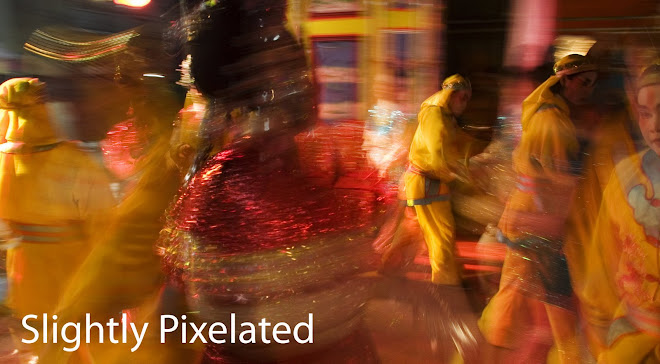
After months of seismic activity, political tensions erupted in
Public buses were set on fire. Enraged gangs hurled Molotov cocktails at soldiers who responded with teargas and gunfire. Skirmishes were also reported between rival civilian groups in several areas of the
The storm clouds of this conflict have been gathering for months, years even; the culmination of a tussle for political power that could determine the landscape of Thai politics for the foreseeable future.
On one side are unruly protesters who threaten the fabric of public order, on the other soldiers and police acting on behalf of the State to restore calm.
In
The entire system has become politicized and polarized. There are no government institutions that are perceived as independent. The troops on the streets of
The violence that has eroded
In this sense the unrest we are witnessing today is substantially different from other memorable political upheavals of
In 1992, when a ‘mobile phone mob’ confronted military dictator Suchinda Kraprayoon, the demonstrations were limited to
In 1973 and 1976, two other significant moments in modern Thai history, the conflict was between right and left wing forces. But in the 1970s, despite a communist sponsored insurgency in the north and northeast, political engagement and leadership, particularly on the left, was essentially limited to Thailand's educated elite. Thus left-wing protests during this period were led by students and were limited to
The nature of the unrest we are seeing today is different in that it mobilises a much broader group of actors. The divisions are a nationwide phenomenon. Where earlier political conflicts were limited challenges that took place within the arena of middle class and urban society, today’s conflagration has drawn in supporters from throughout the social spectrum from both urban and rural sectors
If this sounds like the setting for a revolution, one must also remember that there is precious little ideology on either side of Thailand's divide. For the leaders on both sides, the struggle is for raw power, for control over the levers of State and the bounty that such control can deliver.
As
If
One option is repression. The forces of the traditional elite, through the State, certainly have the tools to repress. But this would surely be a temporary solution serving only to perpetuate the frustrations of many millions of Thais. Unity through inclusion and reconciliation can be the only way forward. Such unity can only be reached through enlightened leadership which seeks to rise above partisan interests, to reconcile differences and to address with sincerity and honesty the concerns of all parties. Until such leadership emerges the current instability and conflict will continue.

1 comment:
A wonderful analysis of this Gordian knot of a situation
Post a Comment